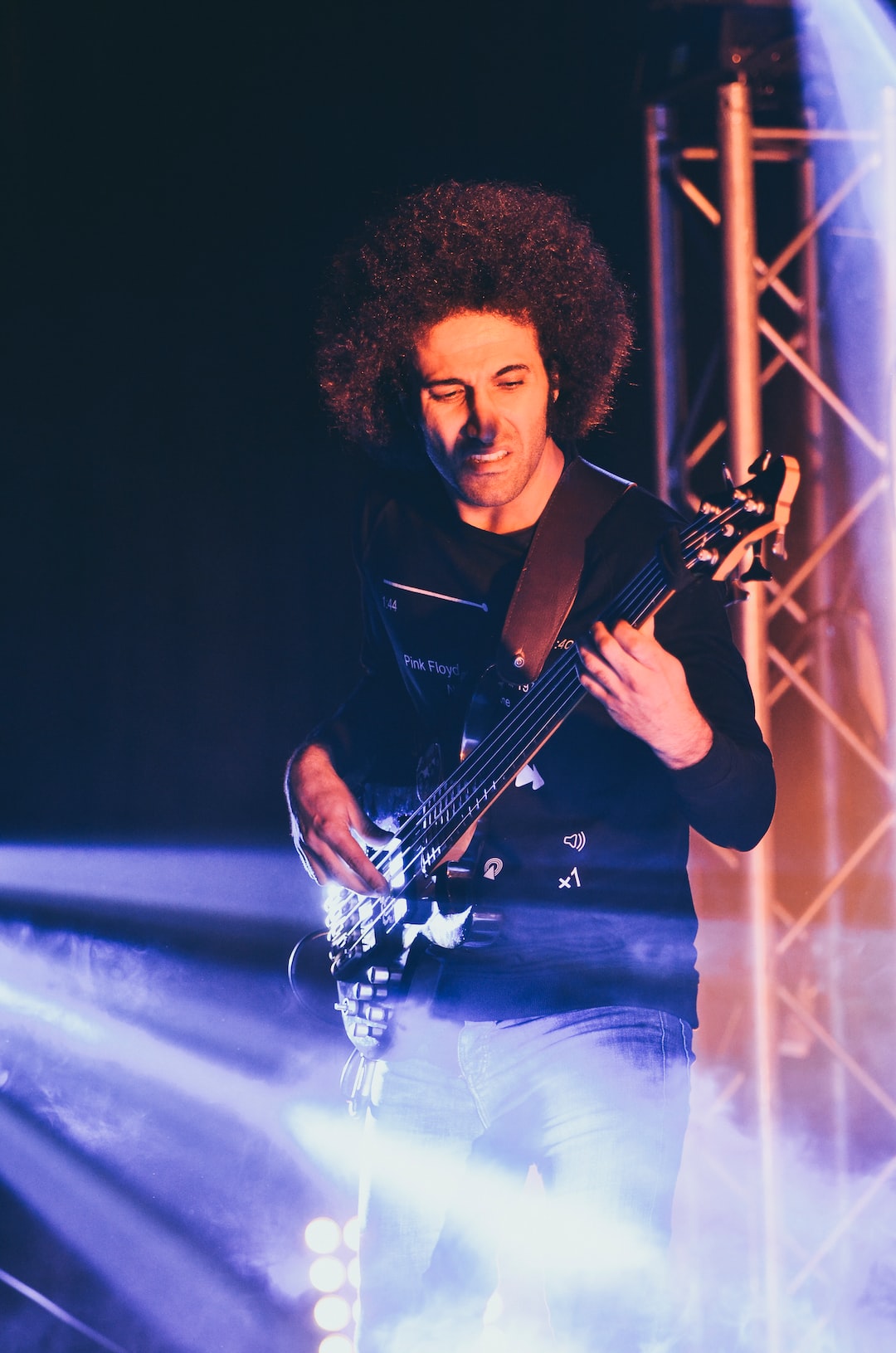The Evolution of Horror Movies: Psychological Thrills to Supernatural Scares
From the spine-tingling horrors of psychological thrillers to the blood-curdling scares of supernatural entities, the world of horror movies has come a long way in the past century. Exploring the evolution of this captivating genre not only sheds light on the changing fears of society, but also highlights the innovative storytelling techniques employed by filmmakers in order to keep us on the edges of our seats.
The early days of horror films in the 1920s and 1930s were marked by the emergence of psychological thrillers. Movies like “Nosferatu” and “The Cabinet of Dr. Caligari” relied heavily on atmospheric tension and suspense to create fear in the minds of the audience. These films were often characterized by their eerie music, gloomy sets, and the use of shadow and lighting to convey a sense of terror. The fear stemmed from the unknown, the monster lurking in the shadows, and the psychological manipulation of the characters. These movies laid the foundation for what would become the staple of psychological horror in the years to come.
As time progressed, horror films started to shift towards more tangible fears. The 1960s and 1970s witnessed the rise of slasher films, exemplified by the iconic “Psycho” and “Halloween.” These movies introduced serial killers as the central theme, delving into the disturbed psychology of the antagonist. As the genre became more graphic and explicit, the audience’s fear evolved from the unknown to the horrors of human nature. The concept of the “final girl” also emerged during this period – a strong, resourceful female character who eventually defeats the killer. These films tapped into our collective fears of vulnerability and the latent capacity for evil that may lurk within individuals.
In the 1980s, a new breed of horror films emerged, echoing the societal concerns of the time. Films like “A Nightmare on Elm Street” and “The Shining” delved into the realm of nightmares and dreams, blurring the lines between reality and fantasy. The fear now came from a place deep within our subconscious, challenging our perception of what is real and what is imagined. The supernatural elements introduced in these movies paved the way for a new era of horror that expanded beyond the confines of human psychology.
The 1990s witnessed a significant shift in horror movies, with the focus moving towards more complex narratives and psychological themes. Films like “Silence of the Lambs” and “Se7en” explored the depths of depravity and the darkest corners of the human mind. The fear now stemmed from the twisted motivations and actions of the characters, with killers becoming more intelligent and calculating. The horror was no longer solely about the jump scares or supernatural beings; it was about the horrific truths that lay within ourselves and the darkness that resides in seemingly ordinary people.
In recent years, the dominance of supernatural horror has become more pronounced. Movies like “The Conjuring” and “Insidious” have captivated audiences with their demonic possessions, haunted houses, and otherworldly entities. These films tap into our fascination with the supernatural while also addressing our deepest fears of the unknown. By creating a world where inexplicable events occur, supernatural horror lets our imagination run wild and exploits our fear of forces beyond our control.
The evolution of horror movies reflects the changing fears and anxieties of society. From the psychological thrillers of the early days to the supernatural scares of today, filmmakers have constantly pushed the boundaries of fear and taken us on horrifying journeys into the darkest recesses of the human mind and the supernatural realm. Through the use of innovative storytelling techniques, atmospheric tension, and the exploration of complex psychological themes, these movies continue to captivate and terrify audiences, reminding us that the allure of fear is a timeless, universal phenomenon. So, the next time you find yourself clutching your blanket while watching a horror movie, remember that you are a part of the evolutionary journey of this spine-chilling genre.

